Buried History: The Displacement of Mexican-American Families

Visual Credit: Melissa Morales
The Dodger Stadium. An important part of Los Angeles with a past people seem to ignore. A 56,000 seat stadium and a roaring crowd yelling chants that fill the Los Angeles air. Fans show their Dodger pride, the infamous dodger dog in one hand, beer in another. You feel the crowd’s energy from your seat. Feeling excited, amazed, as you watch the players on the field. During the seventh inning, you sing “Take Me Out to the Ball Game” with 50,000 other fans in attendance. I don’t know how to explain it but this moment feels intimate, it feels like a community is brought together. In that same place about 7 decades ago, there was a community. A Mexican American community that housed families with similar backgrounds. Here, they were a family, they supported one another in a city where they were not welcome. This close-knit community was a threat to Los Angeles, they did not want independent Mexican families occupying such a large amount of space. So LA leaders did what they do best, they used their power and privilege over the minority to rid these families of their homes and community. In a stadium where we now feel ecstatic watching our favorite baseball team, families who resided here in the 1950s were distraught and afraid. Their homes were to be destroyed and their community separated.
La Loma, Bishop, Palo Verde. A space that once was home to 300 Mexican American families. These families became victims of racial injustice and had their homes stripped from them. Why would they ever want to leave the home and community they built with their very own hands? Some families felt like they had no choice, others fought. However, their battle wasn’t enough. They had to say goodbye to their community forever.
Now called Chavez Ravine, the neighborhoods of La Loma, Bishop, and Palo Verde once housed self-sustaining communities. The 315 acres of land became a safe haven for over 300 Mexican American families who were barred from purchasing homes in certain parts of Los Angeles because of racist laws. These families had their own stores, churches, bars, a school, and they even grew their own foods. They single handedly transformed their community into a family.
The 1949 Federal Housing Act approved a 10,000 low-income housing unit to be built in Chavez Ravine. Frank Wilkinson, representative from Los Angeles Housing Authority, was in charge of this project. He wanted to fix the Los Angeles housing crisis and saw the vast amount of land as an opportunity. He planned to name this housing facility ‘Elysian Park’.
On July 24, 1950, residents of La Loma, Bishop, and Palo Verde got a letter saying that they had to leave their homes because they were to be demolished in order to make space for this public housing facility. However, this letter stated that they would get a fair amount of money for selling their homes and they’d get first dibs on a space to live in the new public housing facility.
At this time, America was undergoing the “red scare”, a widespread fear of the potential rise of communism. Although the housing facility was approved and set to be built, Wilkinson was targeted and accused of being a communist. Many people began to doubt public housing, claiming that it was a communist plot to destroy America. As a result, the city council and eligible voters voted to cancel the public housing deal in 1951.
Former residents of La Loma, Bishop, and Palo Verde heard of the cancellation and wanted their land and homes back, however Los Angeles mayor at the time, Norris Poulson bought back Chavez Ravine and said it would be put to “public good”, ignoring the pleads of Mexican community that resided there. City officials wanted to profit from this land and thought a professional baseball team would help Los Angeles become a metropolis. Walter O’Malley, owner of the Brooklyn Dodgers felt intrigued with Chavez Ravine given its location and space. The LA Mayor sold the land to the Dodgers and the Dodgers arrived in Los Angeles in 1958.
Some families still remained at Chavez Ravine, fighting for their homes and trying to convince Angelenos to vote against the stadium. However, it came to no avail as many celebrities influenced Angelenos to vote Yes on Prop B for baseball. One family in particular stayed till the very end. The Arechiga family stayed in their homes, resisting the eviction. On May 8, 1959, deputies arrived at their home but the family refused to leave. The deputies kicked their door down and began removing furniture. Four deputies had to carry out a member of the Archeiga family because she refused to leave. A bulldozer demolished their home and it was gone. They were forced to leave and construction of the stadium began. Just three years later, on April 10,1962, the Los Angeles Dodgers had their opening game.
Although the violent evictions of these communities took place in the 1950s, there are still advocates fighting for these Mexican American communities. Buried Under the Blue was founded in July of 2019 and is a nonprofit organization whose mission is to preserve the history of La Loma, Bishop, and Palo Verde and to demand reparations for correcting the wrong doings that these families experienced. With over 14 thousand followers on instagram, Buried Under the Blue constantly advocates for not only the families who were wrongfully evicted in 1959 but also the current housing problems Angelenos face today. “Our story was relevant then and it is even more relevant today for people to understand that this system has not changed,” says co-founder Vincent Moltavo.
A major issue for Angelenos is gentrification. One may think that gentrification improves a community or makes the city look more modern. However, in order to install new modern buildings, the city kicks out former residents and no one really talks about these families. Where do these families go? With increasing rent prices and a congested city, it gets difficult to find a new home. With gentrification comes the lack of affordable housing for these evicted families. On top of that, this can create a system of ethnic segregation within the city, further pushing out the low-income minorities and bringing in the wealthy families who can afford the increased prices. Gentrification is urban renewal, using economic means to evict residents. Today, many communities in LA are afraid to be evicted because there is a surge for gentrification in low-income communities. These communities are under pressure with the presence of financially powerful forces who are supported by politicians.
Melissa Archeiga and Vincent Moltavo are two co-founders of Buried Under the Blue. They are both living descendants of the families who were forcibly evicted from their homes. They are committed to finding justice for their families. Their organization believes in the healing process of the people who experienced this trauma. “We don’t want future generations to be talking about their community that was destroyed by capitalism, because then history is repeating itself and we learned nothing, and we lose a generation of people. That’s how serious this becomes. We wanna end this”, says co-founder Vincent Moltavo.
Baseball is rooted in racism. Just like for many other things, brown and black people were not wanted or accepted. However, once baseball became more inclusive, corporation owners realized that with players of colors came an even bigger audience, and even more money. Baseball uses black and brown players in order to bring in a larger audience. We Latinos see ourselves on TV and on the field and feel like we are represented. When in reality, big corporations like the Dodgers use our money against us. “They wanna so belong to society, that they are willing to look past that” says Vincent Moltavo. A lot of the time, we tend to look past the truth because we want to fit into a society that was not curated for us but rather against us. Buried Under the Blue wants Latinos to realize the damage and trauma that gentrification has caused because the displacement of La Loma, Palo Verde, and Bishop was not the first time communities of color have been displaced for capital gains, and it won’t be the last. The organization does not try to make Latinos oppose the game but rather wake up to the idea that we are being used and mistreated for capital gains even though we are the largest market in the United States. It is not as easy as “get over it”, this is an even deeper rooted issue that is not talked about enough. Families continue to be kicked out and are left with no choice rather than to find new homes that are not affordable.
Buried Under the Blue wants to ensure that the land that was once taken gets returned to the original owners, the Kizh Nation. This organization works tirelessly and uses their voice for change because it is up to us to fix what our ancestors couldn’t. They are asking for a public apology to all the families that were left traumatized. They’re also asking for reparations for the home owners, a monument, 3 community centers to be built after the names of the 3 communities, and funding from the city, county, housing authorities, and board of supervisors. You can help out by going to their instagram @buriedundertheblue and sign the petition using the link in their bio.
As a Dodger fan, it would be hypocritical of me to tell you to stop supporting the Dodgers however I do ask that you do not brush this issue off. The families who were forced to leave their homes in the 1950s weren’t the first or the last to be forcibly removed from their homes, their communities, their families. Don’t go to the stadium without recognizing the Mexican community that once called that place their home. You can admire the Dodgers and the sport, but they must be held accountable.


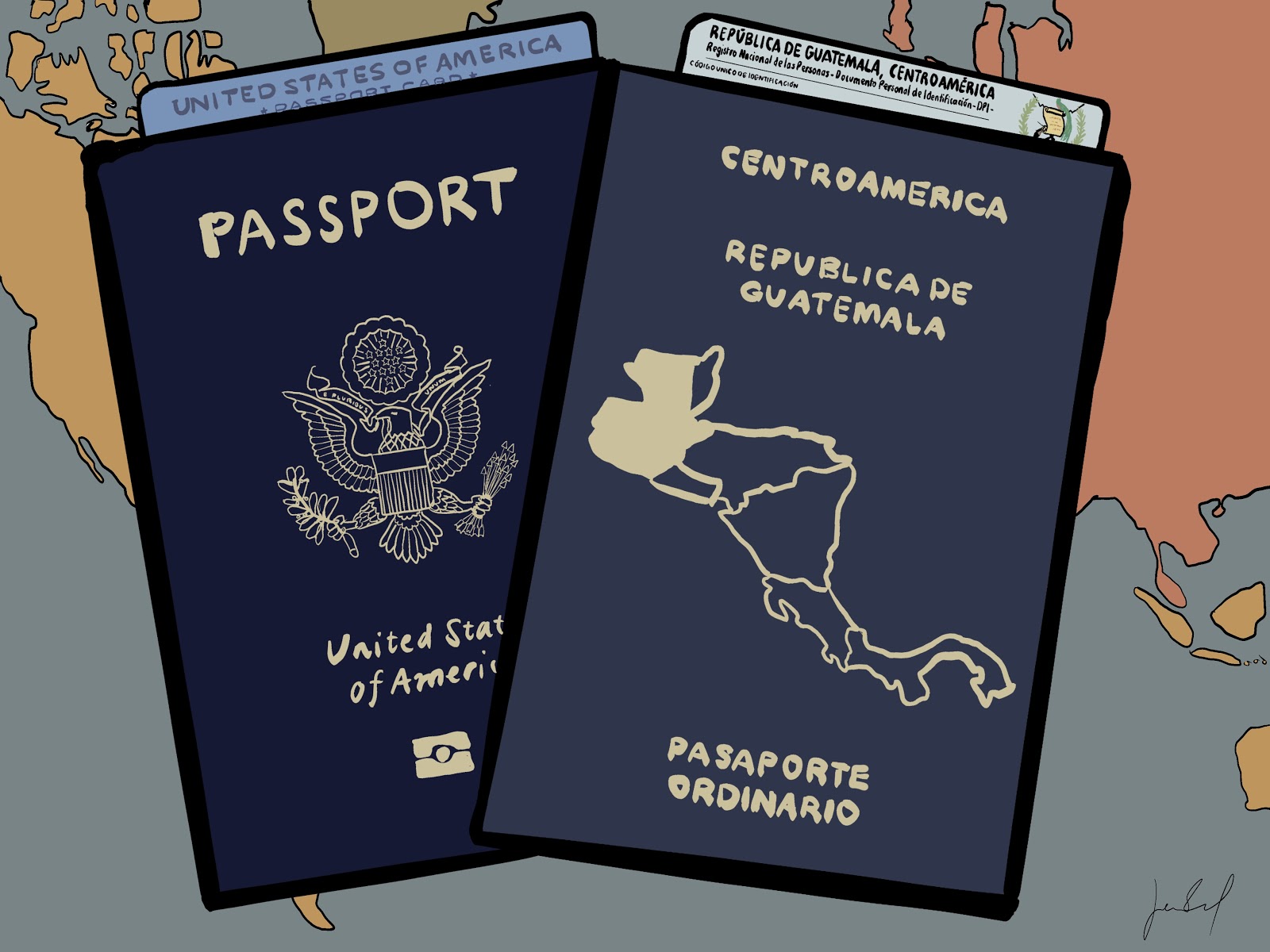
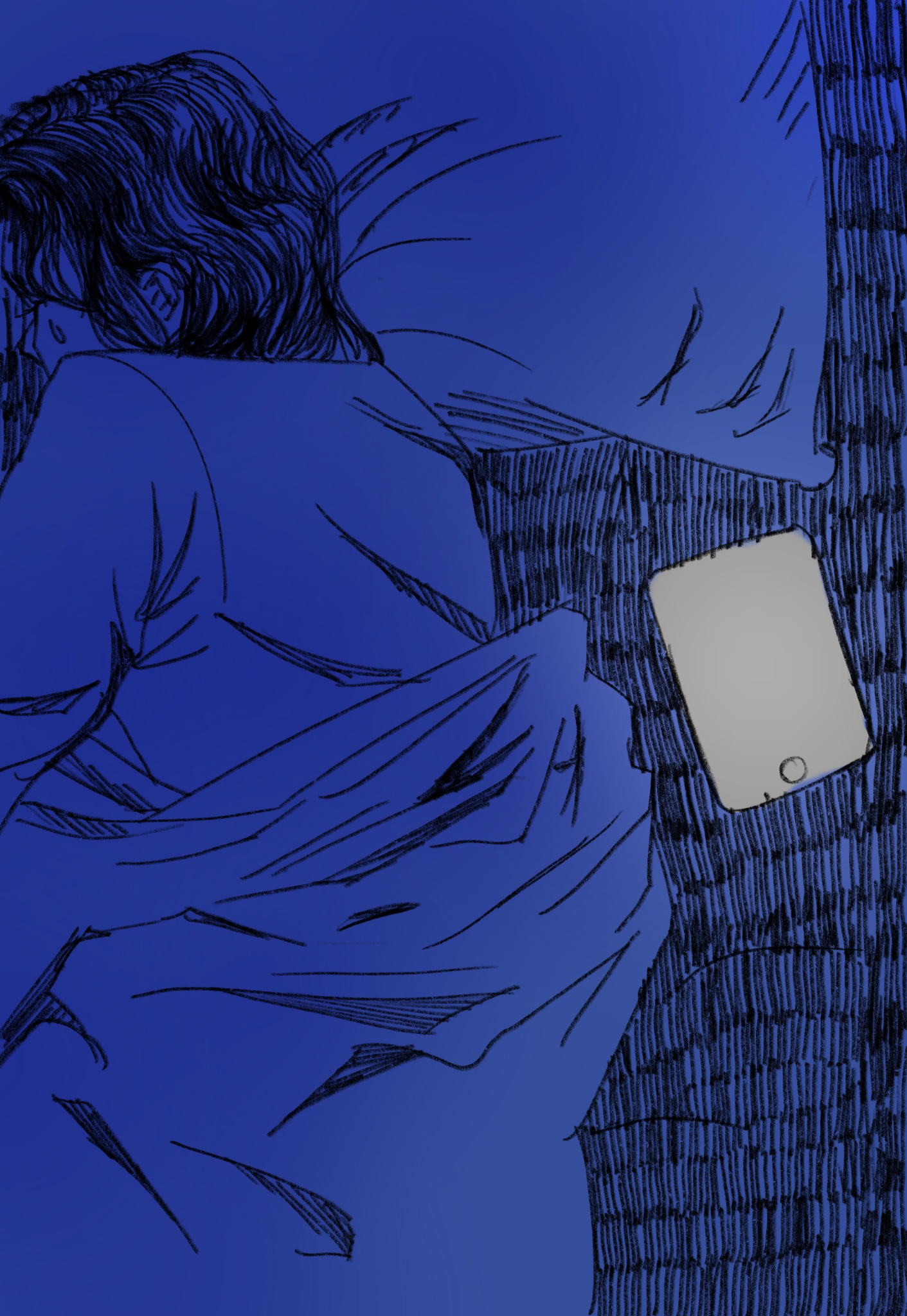
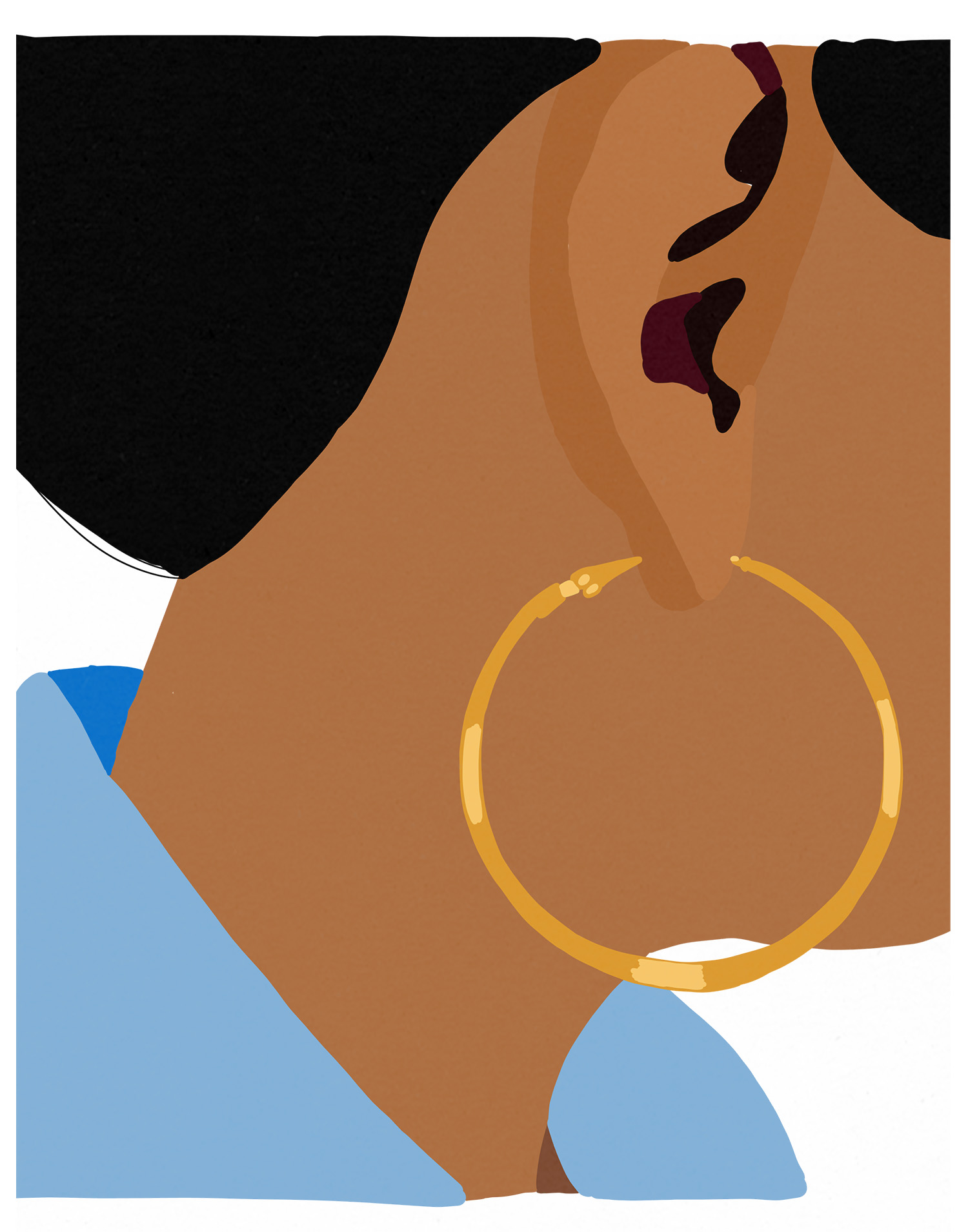

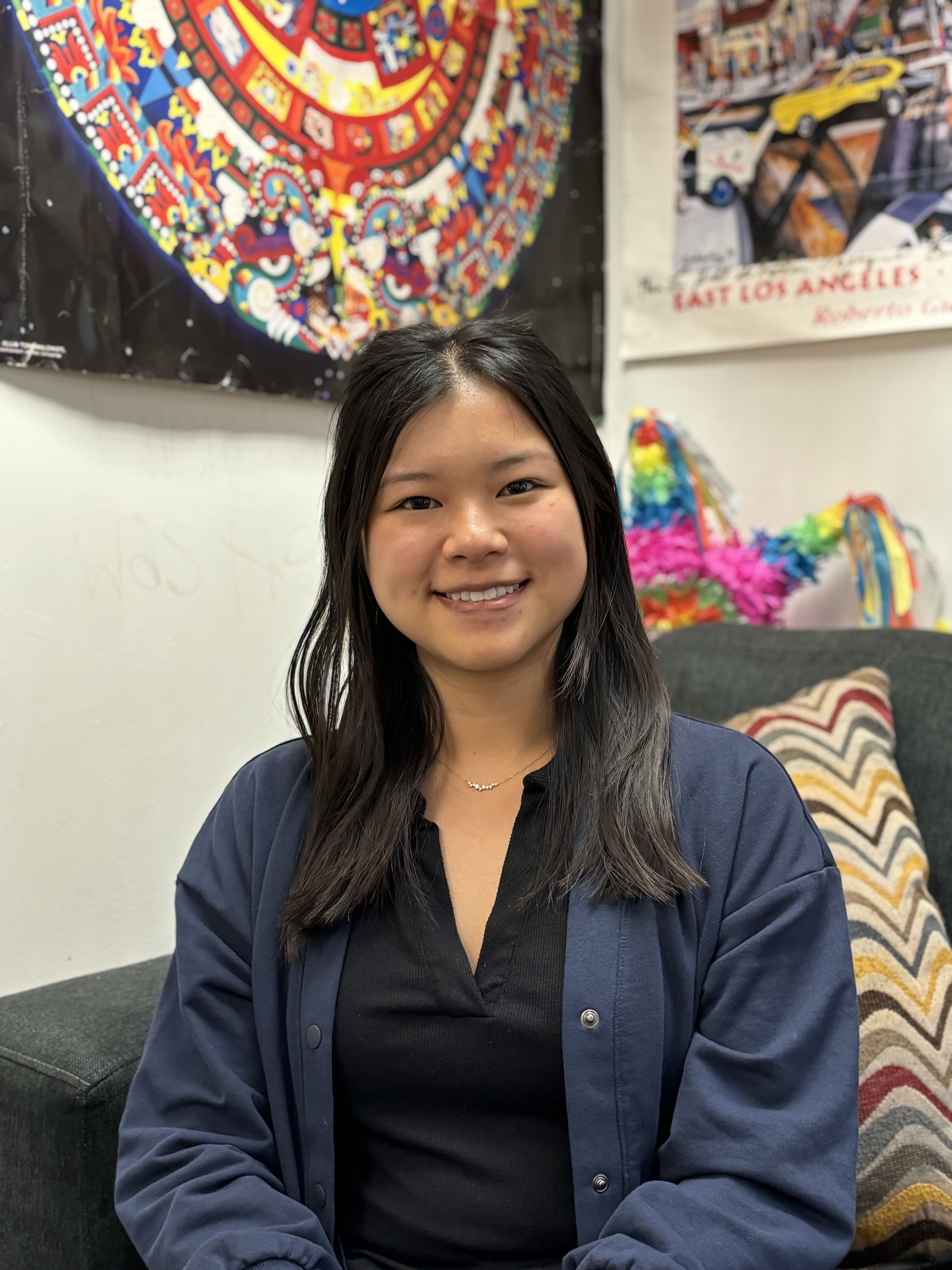
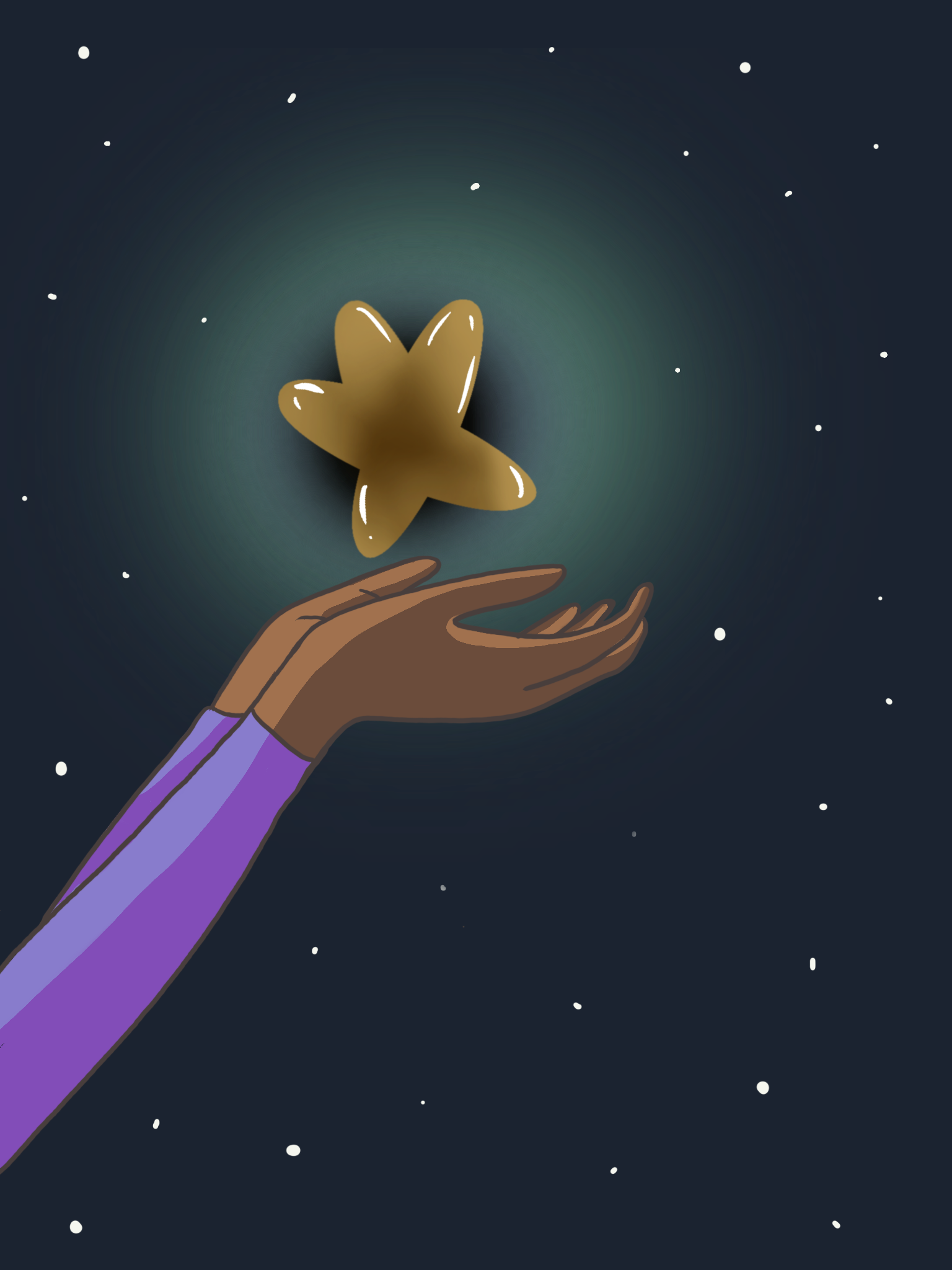
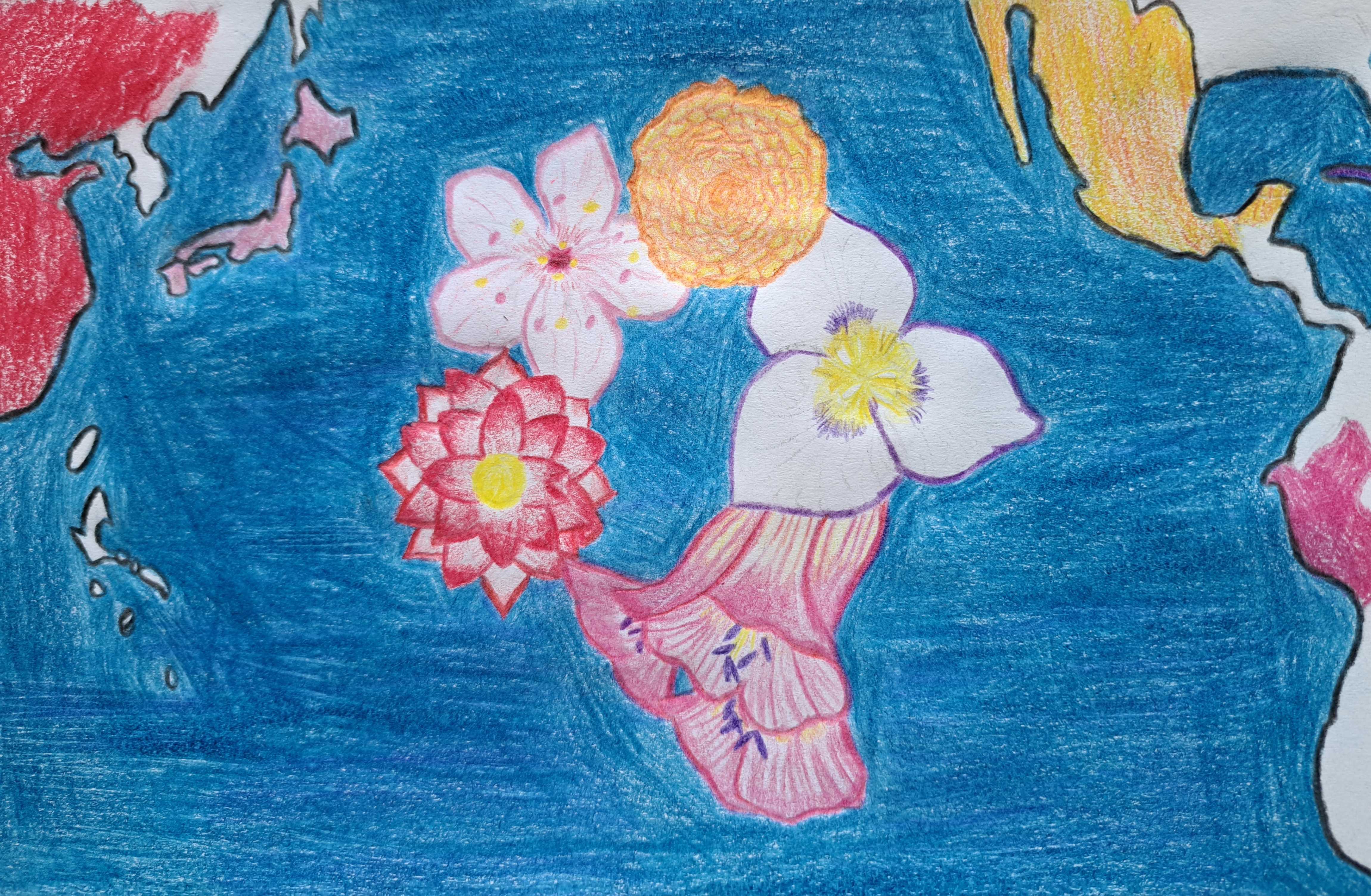

Leave a Reply
Want to join the discussion?Feel free to contribute!